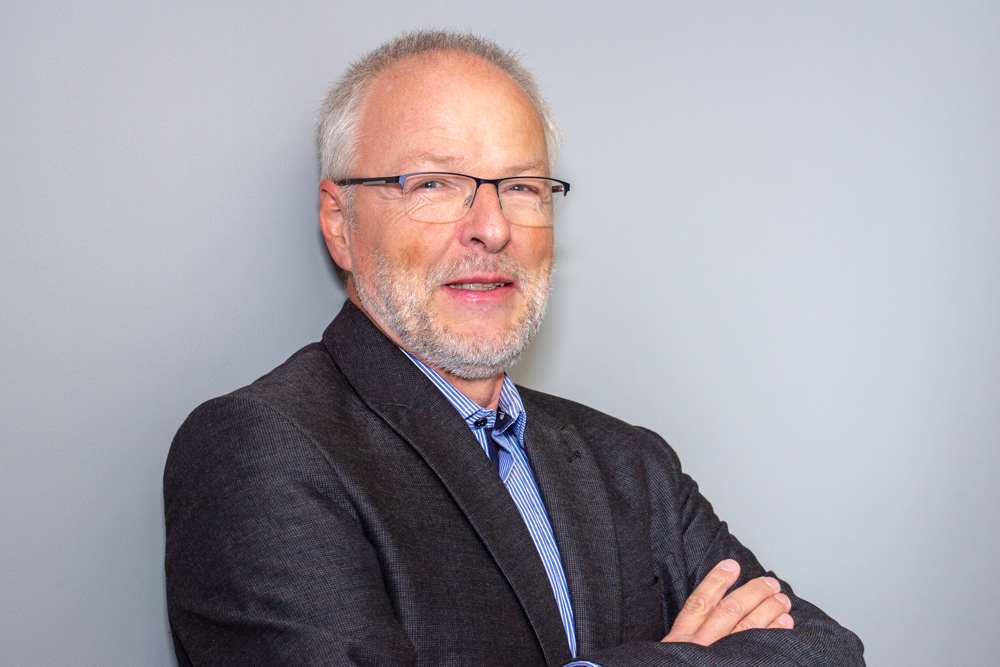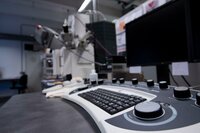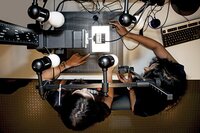
Prof. Dr. rer. nat. Martin Jogwich
Lehrbeauftragter
Studiengangsleiter ET-B
Bürozeiten
abhängig vom jeweiligen Semester
Sprechzeiten
s. Aushang am Sekretariat
Labore
Elektrische Maschinen und Industrielle Bildverarbeitung
Kernkompetenzen
- Automatisierungstechnik
- Angewandte Sensorik
- Industrielle Bildverarbeitung
Sonstiges
Informationen für Studierende: https://ilearn.th-deg.de/course/view.php?id=8911

